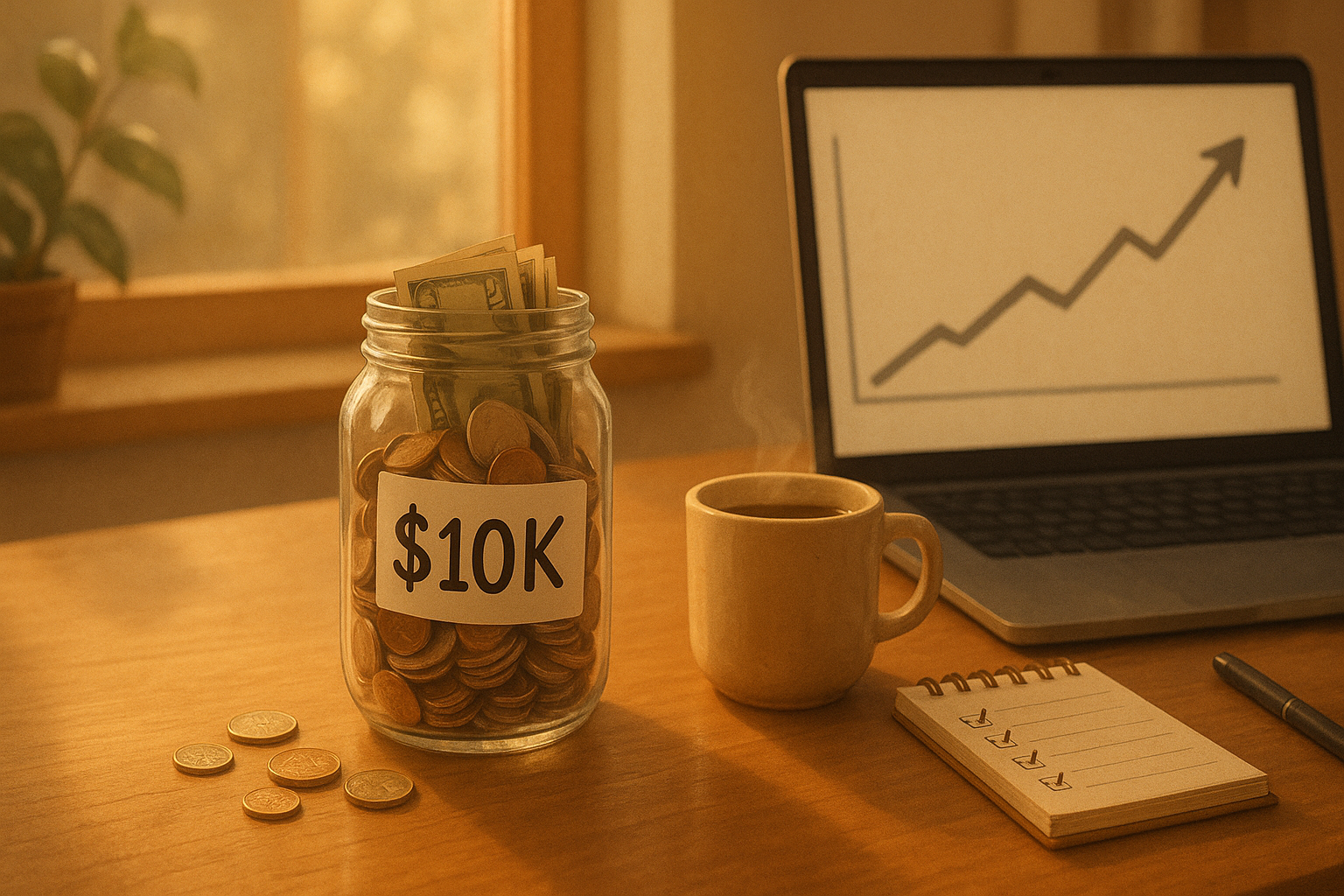There's something profoundly satisfying about hitting your first $10,000 in investments that the Wall Street crowd will never understand. It's not the amount—which would barely register as a footnote in their quarterly reports—but what it represents.
I heard about an investor this week who crossed this threshold. Their story stuck with me.
The financial media landscape is cluttered with tales of crypto millionaires and hedge fund wizards, but what about the regular folks quietly building wealth through what some might dismiss as "pocket change investing"? You know the type—setting aside whatever they can manage, sometimes just $50 or $100 at a time.
This particular investor cobbled together their mini-fortune through a patchwork approach that would make traditional financial advisors squirm. Small regular contributions. Dividend harvesting from those yield-focused ETFs everyone's talking about. Even the occasional day trade for modest $25-100 profits.
Is it sophisticated? Hardly. But it works.
I've been covering personal finance for years, and what fascinates me isn't the strategy but the psychology. Going from zero to $10K requires something more valuable than market insight—it demands persistence. The kind that doesn't make for sexy headlines but builds actual wealth.
Think about it. The mathematical reality of building that first $10,000 from scratch can be brutal. Every dollar is a conscious decision. Every contribution requires discipline. And the process... Lord, the process takes time.
But here's where it gets interesting. (And where the real story lies.)
Once you've crossed that threshold—once you've proven to yourself that you can accumulate a five-figure sum through sheer stubbornness—something shifts. The next milestone doesn't just seem possible. It becomes inevitable.
"It feels good," our investor reportedly said about hitting their mark. Damn right it does. That's your brain's reward system doing exactly what evolution designed it to do, except instead of celebrating a successful hunt, you're celebrating successful wealth-building.
The portfolio composition tells its own story. While maintaining a traditional 401(k) elsewhere (smart move), their side account apparently includes exposure to those high-yield covered call ETFs—"yieldmaxes" as the cool kids call them. These products essentially trade future growth potential for current income, a tactical choice that makes a certain kind of sense when you're in accumulation mode.
Those small day trades? In professional trading circles, gains of $25-100 would barely justify the commissions. But when you're building from scratch, these little victories serve a purpose beyond their direct financial impact—they keep you in the game.
Look, I'm not suggesting everyone should follow this exact playbook. But there's something refreshingly authentic about an investor who understands that wealth-building isn't always about grand strategy. Sometimes it's just about showing up, day after day, with whatever you've got.
Will they reach their next goal of $100,000? History suggests the odds improve dramatically once you've demonstrated the capacity to hit that first meaningful milestone. Compounding works its magic on both your capital and your behavior.
For the financial advisory industry, there's a lesson here about how we frame success for clients in the early accumulation phase. That $10,000 milestone deserves genuine celebration—not for the amount itself, but for what it represents.
Sometimes the most profound financial insights come not from complex investment theories or market prognostications, but from watching someone build their future one pocket-change deposit at a time.
In a world obsessed with getting rich quick, there's something revolutionary about getting rich slow.
